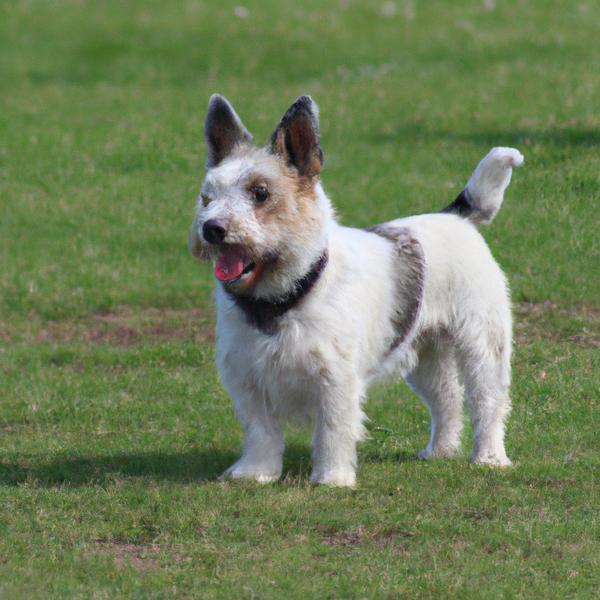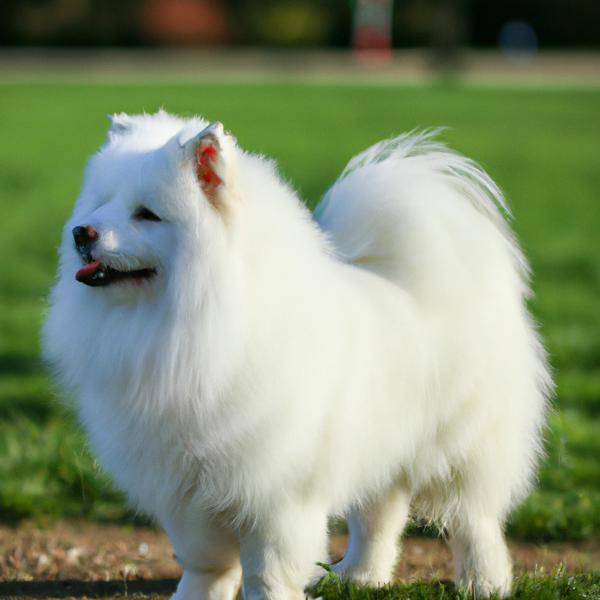Bascottie vs. Coton Eskimo: Breed Differences and Similarities
Hypoallergenic
Are Bascotties or Coton Eskimos hypoallergenic, or neither?
Unfortunately, neither Bascottie nor Coton Eskimo are hypoallergenic, which may not make them the best choice for dog lovers who suffer from pet allergies.
Temperament
What are the personalities of Bascottie and Coton Eskimo dogs?
Playful
Independent
Alert
Friendly
Affectionate
Quick
Devoted
Gentle
Tempered
Sweet
Tenacious
Selfish
Playful
Independent
Energetic
Protective
Alert
Intelligent
Friendly
Affectionate
Lively
Trainable
Vocal
Shedding Level
Do Bascotties shed more than Coton Eskimos, or which breed sheds more, Bascotties or Coton Eskimos?
Bascotties are low shedding dogs, requiring minimal coat care.
Coton Eskimos are heavy shedders, but regular brushing can help manage shedding and promote a healthy coat.
Watchdog Ability
Which dog breed makes a better watchdog, the Bascottie or Coton Eskimo?
Avoid Bascotties as watchdogs - they're not effective.
Coton Eskimos make excellent watchdogs - they're vocal and protective of their territory.
Origin
What is the origin of Bascottie and Coton Eskimo dog breeds?
United States
United States
Ancestry
What are the origins of Bascottie and Coton Eskimo breeds?
Scottish Terrier and Basset Hound
Coton de Tulear, American Eskimo
Breed recognition
Which kennel clubs recognize/register Bascottie and Coton Eskimo?
ACHC = American Canine Hybrid Club
DDKC = Designer Dogs Kennel Club
IDCR = International Designer Canine Registry®
ACHC = American Canine Hybrid Club
DDKC = Designer Dogs Kennel Club
DRA = Dog Registry of America, Inc.
IDCR = International Designer Canine Registry®
Date of Birth
When were Bascottie and Coton Eskimo breeds first developed?
2000s
Unknown
Adaptability
The adaptability of Bascottie and Coton Eskimo dogs is a well-known trait. They are known for being able to adjust well to different living environments and lifestyle changes.
Health Issues
Between Bascottie and Coton Eskimo, which breed is more prone to health problems?
Bascotties typically have low vet costs due to their good health, but it's important to monitor their health and seek vet care when necessary.
While the Coton Eskimo breed is generally healthy, occasional vet check-ups are still necessary to address any health concerns.
Energy
How do the energy levels of Bascotties and Coton Eskimos compare?
Bascotties are a good choice for a low-key lifestyle due to their low energy levels.
Coton Eskimos' high energy levels make them unsuitable for a low-key dog, choose accordingly.
Social Needs
Bascottie vs Coton Eskimo social needs comparison
Bascottie has above average social needs and thrives with interaction with humans and other dogs.
Coton Eskimo has very high social needs and requires regular mental and physical stimulation, a job or purpose, and companionship.
Exercise Needed
Bascottie vs Coton Eskimo exercise need comparison.
The Bascottie and Coton Eskimo breeds require a moderate amount of physical activity to maintain a healthy lifestyle. They are ideal for people who have a moderate amount of time to devote to their pets and enjoy regular physical activity themselves. They also make great family pets as they have the energy to keep up with children and the temperament to be great companions.
Sleeping Need
Which of the two sleeps the most/least: Bascottie or Coton Eskimo?
Bascotties have moderate energy levels and typical sleep patterns of 12-14 hours per day.
Coton Eskimos sleep less than other breeds but still need adequate sleep for good health.
Tendency to Bark
Do Bascotties or Coton Eskimos bark more/less frequently?
Bascottie dogs are generally less vocal than other breeds and only bark when necessary, such as to alert their owner or communicate.
Coton Eskimos bark moderately when necessary and may also bark due to certain triggers like fear, alarm, boredom, greeting, separation anxiety and compulsive barking.
Mouthiness
Mouthiness Comparison: Bascottie vs Coton Eskimo?
Roaming urge
Bascottie vs Labrador: Running away tendency?
Prey Drive
Bascottie or Coton Eskimo - which breed has a higher level of prey drive?
Tolerance of being left alone
Grooming
Which breed is easier to maintain in terms of grooming, Bascotties or Coton Eskimos?
The Bascottie requires an average amount of grooming compared to other breeds.
Coton Eskimos require significant grooming, including regular trims and professional grooming assistance to maintain their coat. They may also require frequent bathing to keep their coat and skin healthy.
Intelligence
Comparing Intelligence: Bascotties vs Coton Eskimos
Bascottie has below average obedience intelligence, but they excel in understanding human emotions.
Coton Eskimo is a very intelligent and trainable breed.
Sensitivity Level
How do Bascottie and Coton Eskimo compare in sensitivity?
This breed is sensitive and requires gentle handling and a calm home environment.
This breed is sensitive to its environment and best suited for patient and understanding families with a consistent routine.
Affection Dependance
Which is the more affectionate dog breed: Bascottie vs Coton Eskimo?
Apartment Friendly
Which breed is more apartment-friendly: Bascottie or Coton Eskimo?
Bascotties are good apartment dogs as long as they get enough exercise and stimulation outside of the apartment.
Coton Eskimos make excellent apartment dogs, being fairly active indoors and not requiring a yard.
Child Friendly
Do Bascotties or Coton Eskimos have a friendlier temperament towards children?
Bascotties make excellent family pets for kids due to their gentle, protective nature and calm temperament.
Coton Eskimos are good with kids if socialized and trained from a young age.
Senior-friendly
Which dog is more suitable as a pet for the elderly - Bascottie or Coton Eskimo?
Cat Friendly
Do Bascottie or Coton Eskimo breeds have a better compatibility with cats?
Bascotties and Coton Eskimos are one of the best dogs for cats. They accept cats readily as part of the family. However, this dog breed should be trained to not chase after the kitty early on
Dog Friendly
Which breed is more sociable with other dogs: Bascottie or Coton Eskimo?
Bascotties and Coton Eskimos are friendly, active and loyal companions. They generally love to be around other dogs, making them a good family pet for some.
Pet friendly
How do Bascottie or Coton Eskimo dogs interact with other pets?
Stranger Friendly
Which breed is more friendly with strangers: Bascottie or Coton Eskimo?
Bascotties are friendly but may bark at strangers, and training is easy due to their intelligence.
Coton Eskimos are averagely friendly around strangers but benefit from early socialisation.
Playfulness
Which breed is more playful between Bascottie and Coton Eskimo?
Bascotties have an average level of playfulness, enjoying playtime like most dogs but not excessively so.
Coton Eskimos are very playful, so adopting an older one might be a better option for a more relaxed experience.
Trainability
How do the trainability levels of Bascotties and Coton Eskimos compare?
Bascotties are usually easy to train but require consistency to fully obey commands.
Coton Eskimos are popular for their ease of training and quick learning ability.
Compare Bascottie with other breeds
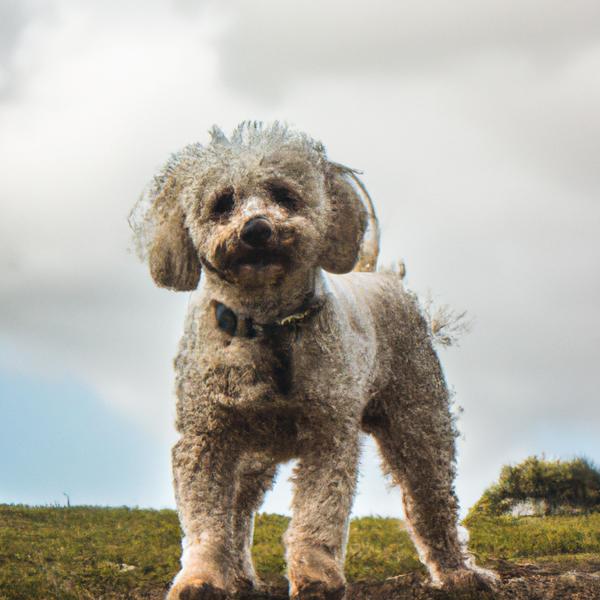
Skypoo
Bascottie vs Skypoo
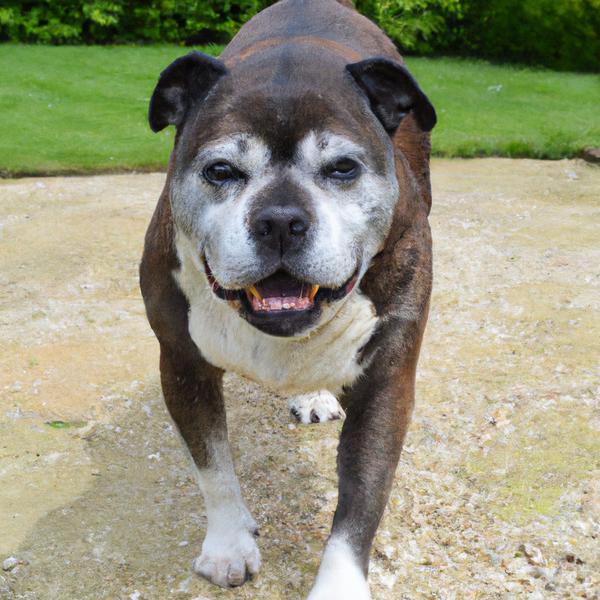
Olde Staff Bulldogge
Bascottie vs Olde Staff Bulldogge
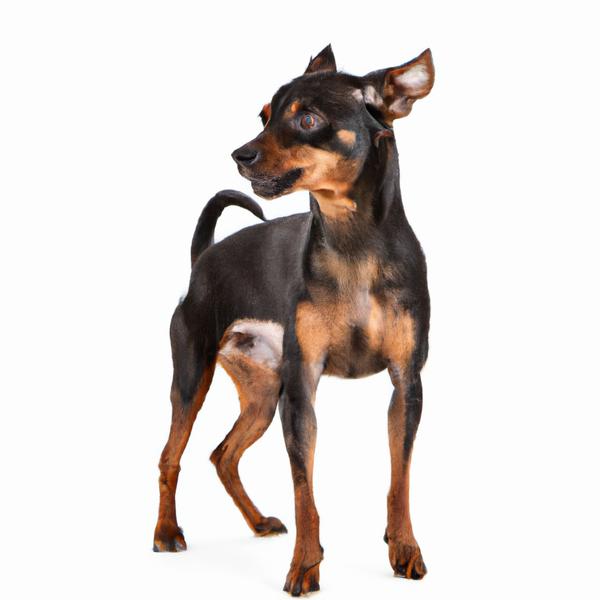
Miniature Pinschelkhound
Bascottie vs Miniature Pinschelkhound
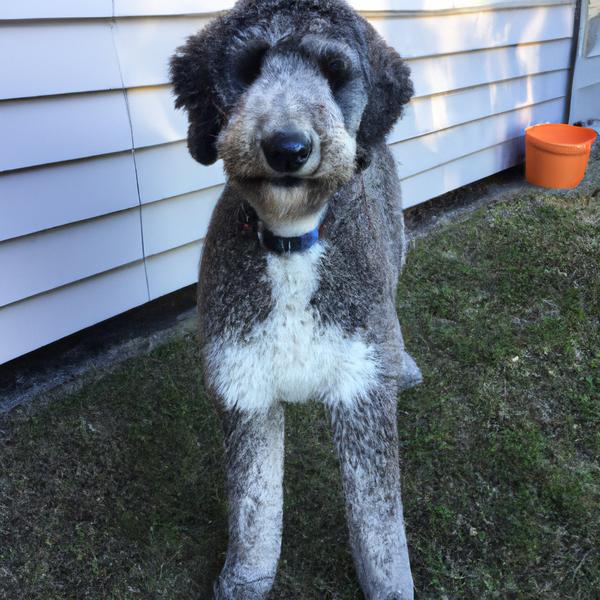
Shepadoodle
Bascottie vs Shepadoodle
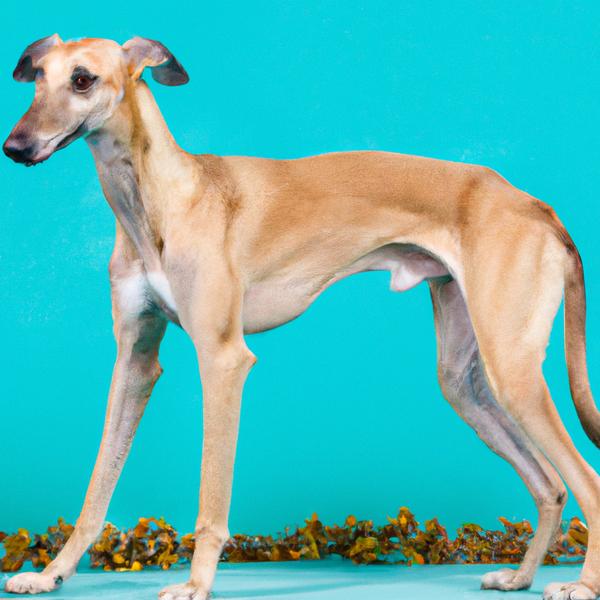
Sloughi
Bascottie vs Sloughi
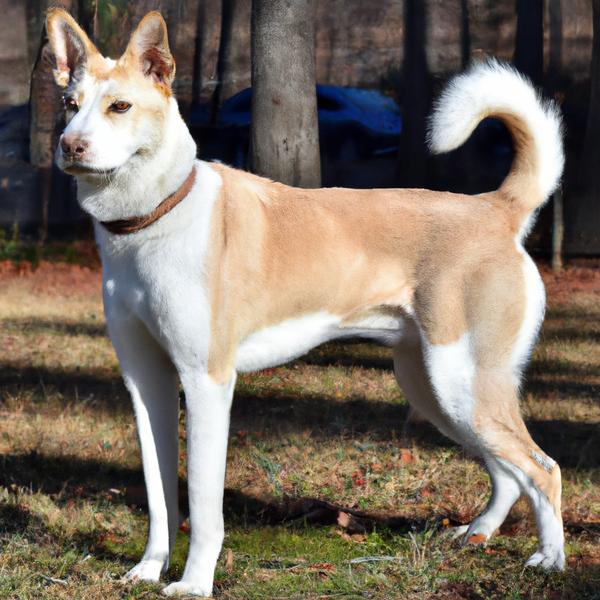
Canaan
Bascottie vs Canaan
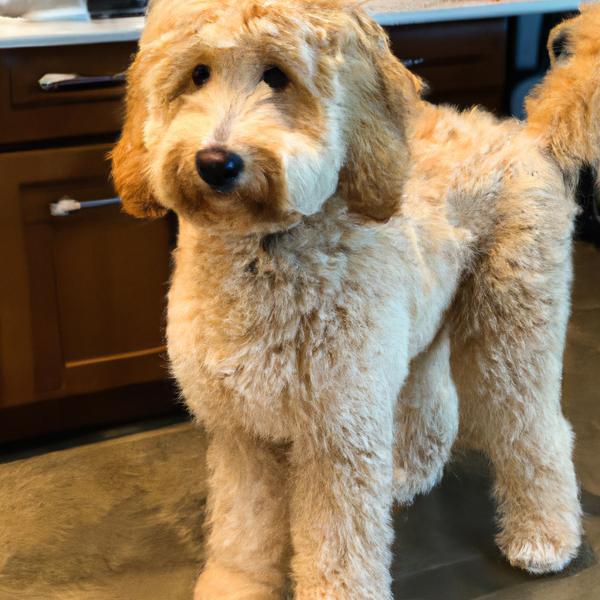
Miniature Goldendoodle
Bascottie vs Miniature Goldendoodle
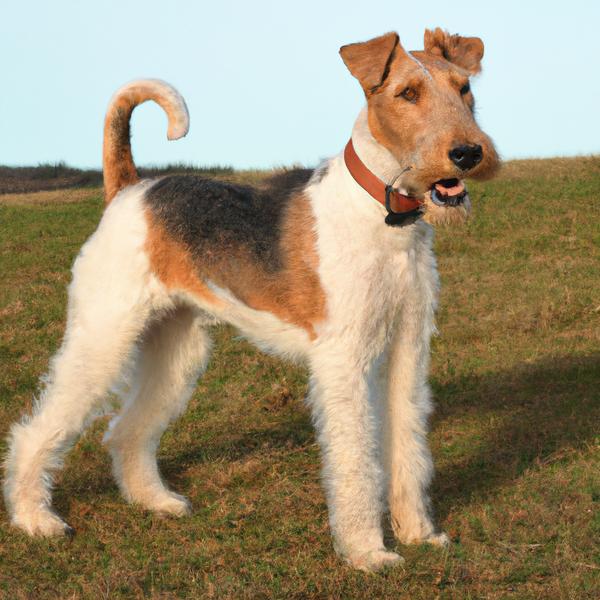
Welsh Mini Fox Terrier
Bascottie vs Welsh Mini Fox Terrier
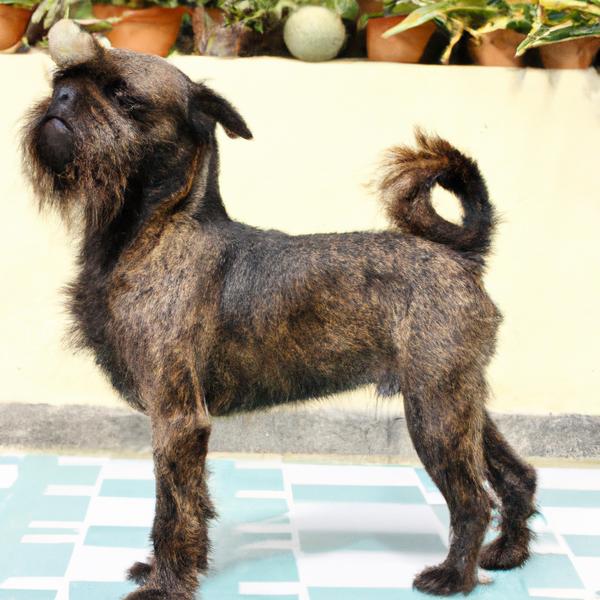
Papigriffon
Bascottie vs Papigriffon
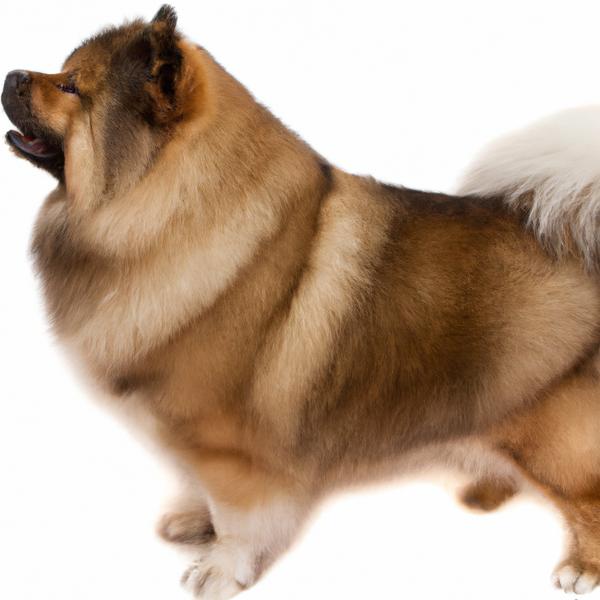
Pushon
Bascottie vs Pushon
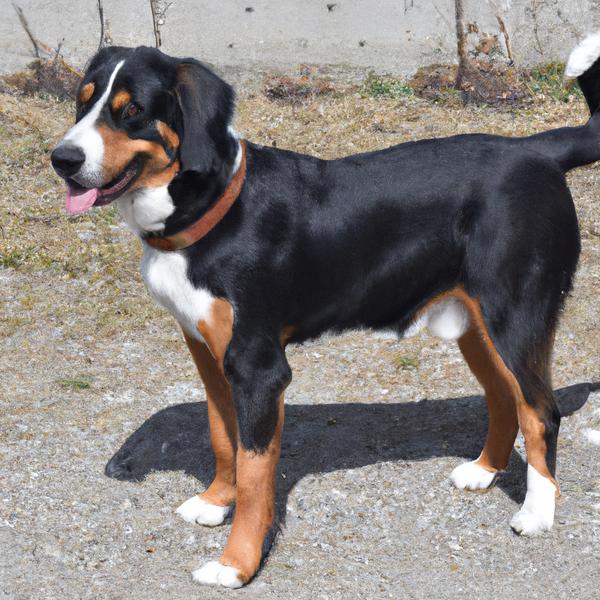
Entlebucher Mountain Dog
Bascottie vs Entlebucher Mountain Dog
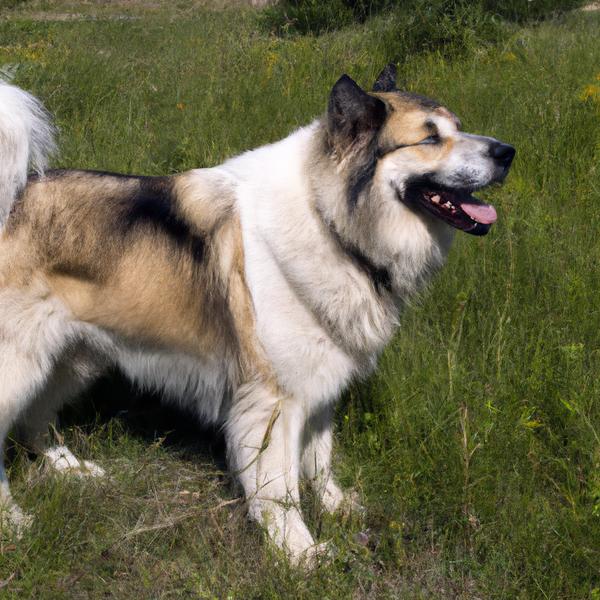
Alaskan Shepherd
Bascottie vs Alaskan Shepherd
